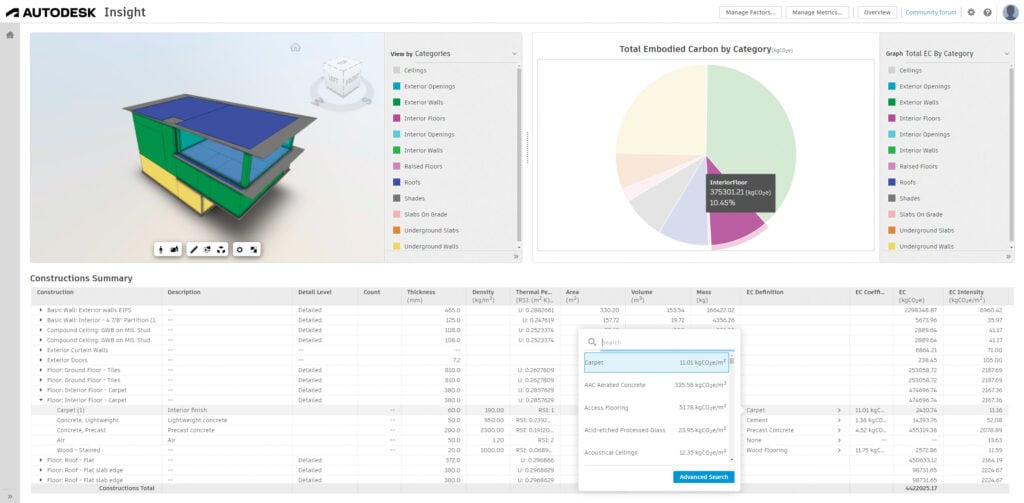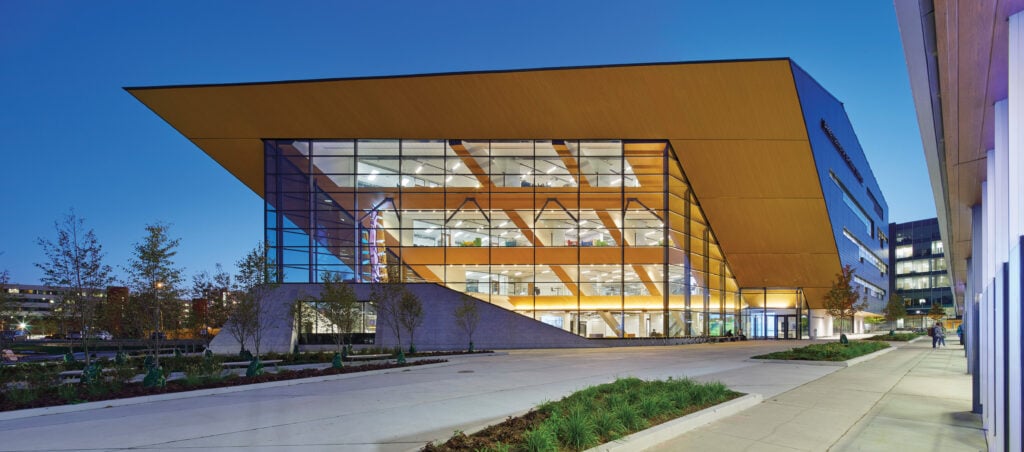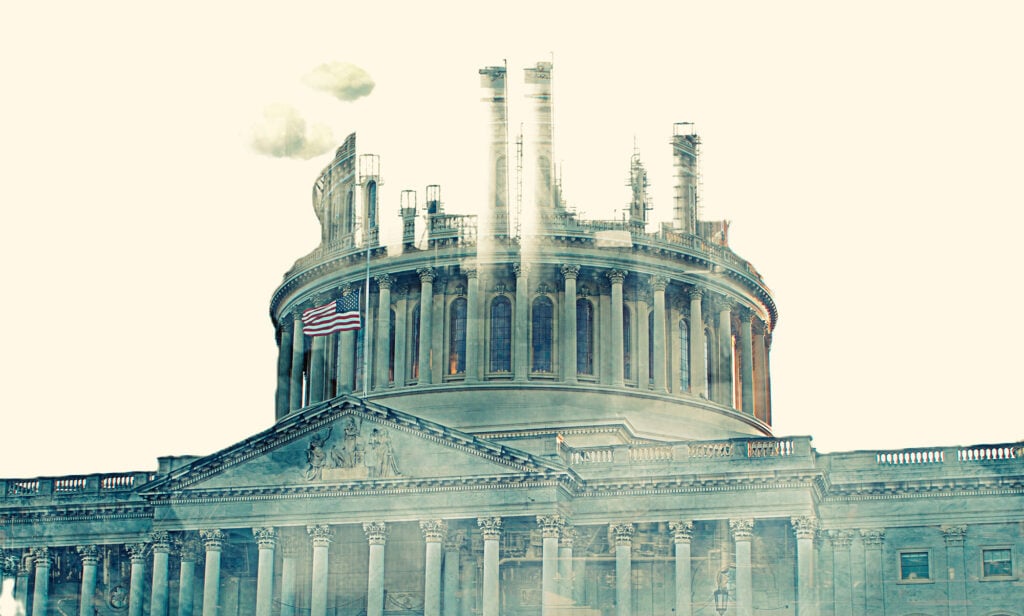
February 9, 2024
Design Optimism Talks: Behind the Magic of Disney Imagineering
What’s more optimistic than the Walt Disney Company? This entertainment giant is in the business of making people happy, if only for a couple of hours at its movies or a couple of days at its theme parks. So it is appropriate that METROPOLIS’s Design Optimism Talks series would debut in 2024 with a presentation and discussion with Zach Riddley, the global creative strategy executive for Imagineering, Disney’s design arm.
Disney has its contradictions. At some point in the 1980s and 1990s, the term “Disneyesque” became a pejorative strike at anything the architectural elite considered kitschy or banal. This is a pity, because Disney does architecture remarkably well—Cinderella’s Castle at Walt Disney World is an admirable adaptation of “Mad King Ludwig’s” Neuschwanstein Castle in Bavaria. The Main Street at any Disney park evokes early 20th-century American storefront architecture down to the most minute detail.
Disney Imagineering, conceived and founded by Walt Disney himself in 1952, gets the credit for this design authenticity. But instead of trying to give a treatise on Imagineering, which would take hours, Riddley chose to home in on the studio’s work in Florida, specifically EPCOT.

“Walt had a grand vision for EPCOT, which stands for Experimental Prototype Community of Tomorrow,” Riddley explained. “It was to be a prototypical city where people actually lived and worked. It was to be a place of experimentation in transportation, housing, and technology.
“The original plan for EPCOT,” he continued, “was very much influenced by the urban planning thinking and vision of the day.” Any student of 1950s and 1960s urbanism knows what that means—building new cities with dense urban cores surrounded first by residential housing and then by agriculture. “But,” Riddley went on to explain, “Building a city from scratch proved a very difficult task. After Walt’s early death in 1966, his original vision for EPCOT died with him.”
So EPCOT morphed into what Riddley described as a “permanent world’s fair, essentially anchoring the front half of Disney World and featuring World Showcase, where pavilions from around the world would represent different global architecture, foods, and cultures.”
Appropriately, Rajagopal ended the talk on an optimistic note: “Imagineering uses its resources to build places that really mean something to people and bring them joy and happiness and memory.”
This session of Design Optimism Talks was presented by Garden on the Wall.
Join us every second Tuesday of the month for a dose of optimism with thought-provoking guests who are revolutionizing their fields. Innovators will lead virtual workshops for an hour of discovery, inspiration, and community. Led by editor in chief, Avinash Rajagopal, these workshops will be guided by our audience, where questions are not only welcome but encouraged. Register for the next Design Optimism Talks session here.
Would you like to comment on this article? Send your thoughts to: [email protected]
Latest
Products
Autodesk’s Forma Gets You Ahead of the Curve on Carbon
Autodesk Forma leverages machine learning for early-phase embodied carbon analysis.
Products
Eight Building Products to Help You Push the Envelope
These solutions for walls, openings, and cladding are each best-in-class in some way—offering environmental benefits, aesthetic choices, and design possibilities like never before.
Viewpoints
3 Sustainability News Updates for Q3 2024
Policy initiatives are gathering momentum as the federal government and building sector organizations align their expertise under the umbrella of the Inflation Reduction Act.





